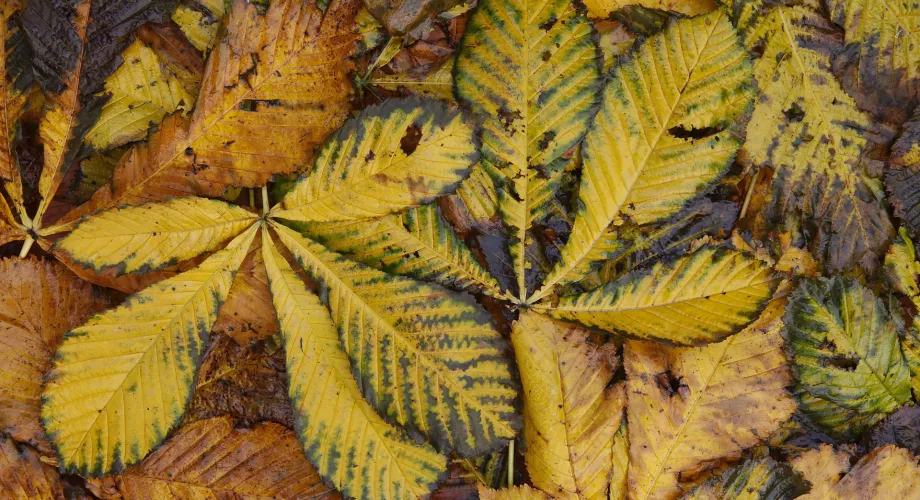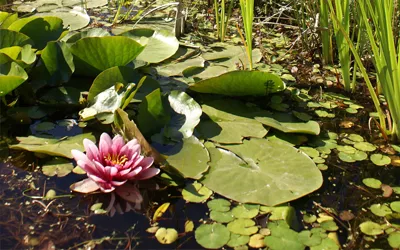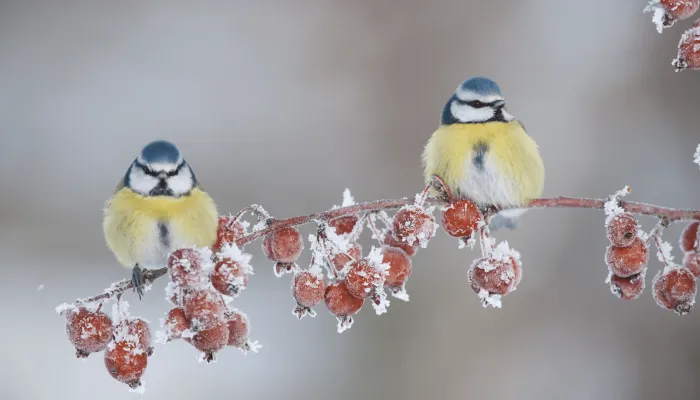
Paul Hobson
Avoid over-tidying your garden – a winter garden with seed heads and berries left for birds to feast on, and leaf piles, stems, logs and old plant matter for insects and spiders to hibernate in and enjoy, is one that is full of year-round life. If you do want to remove leaves from your lawn, consider making leafmould by collecting leaves in a bin bag with holes and leaving them to break down and produce a brilliant mulch or soil improver to go back into your garden.
Try bareroot planting
Trees and shrubs can be planted bareroot from November to March. This means they are dormant without growing media. The roots should be placed in water and planted as soon as possible. This is an inexpensive way to add elements to your garden, such as a native hedge, fruit trees, or rose bushes, and give them a head-start before spring.
Ensure a wildlife water source

Water is one of the most important things for wildlife in your garden. If you have dishes of water or a bird bath, remember to keep this topped up over winter and be sure to clean them regularly (as bird baths in particular can harbour diseases that birds can catch if not properly maintained). When temperatures start to drop, carefully break any frozen water or replace with tepid water.
Plan your veg patch and get sowing
Now is the perfect time to plan for the coming year if you grow fruit and vegetables. Some seeds, such as peppers and chilies, need a long growing season so should be started indoors in January. Winter salads can also be grown undercover or on a windowsill. You could also try sowing a winter green manure to add nutrients and structure to your soil.
More winter gardening tips at our workshop
Create a year-round home for wildlife in your garden, with our themed workshops. This time, we'll be looking at the importance of winter.

